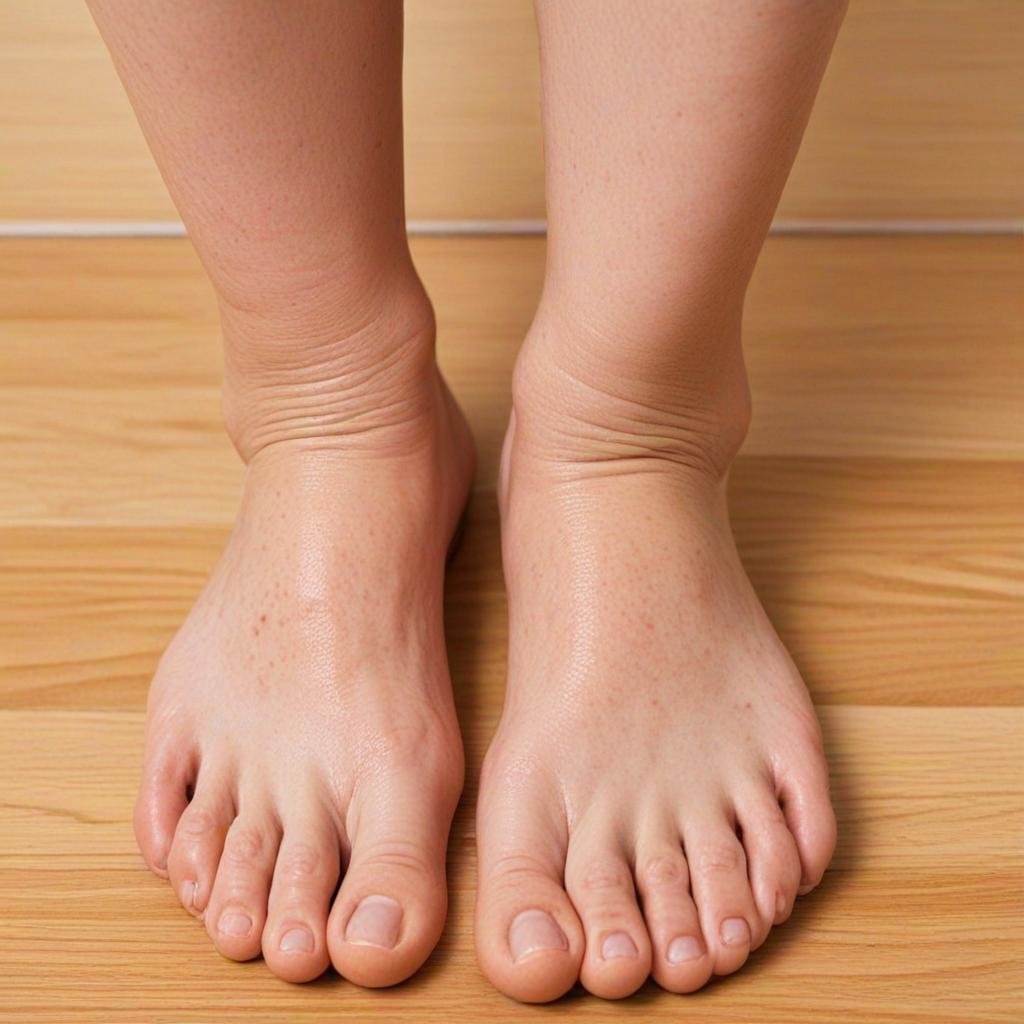Water retention, or edema, is a common phenomenon that many people experience at some point in their lives. While it might sound like a simple inconvenience, water retention can have deeper implications for your health. This article explores the causes, symptoms, and solutions to help you better understand and manage water retention effectively.
What Is Water Retention?
Water retention occurs when excess fluid builds up in your body’s tissues. This can lead to swelling, particularly in the hands, feet, ankles, and legs. While mild water retention is typically harmless, persistent or severe cases might indicate an underlying medical issue that requires attention.
Common Causes of Water Retention
Several factors can contribute to water retention, ranging from lifestyle habits to medical conditions. Understanding these causes can help in identifying the root of the issue.
1. Dietary Choices
High Sodium Intake: Consuming too much salt can cause your body to hold onto water as it tries to maintain a balance of electrolytes. Processed foods, fast foods, and salty snacks are the main culprits.
Low Protein Diet: Insufficient protein levels can affect the production of albumin, which helps keep fluid in your bloodstream instead of leaking into tissues. Protein is not only vital for muscle repair but also for maintaining proper fluid balance.
2. Hormonal Changes
Menstrual Cycle: Many women experience bloating and water retention due to hormonal fluctuations during their menstrual cycle. This is a natural response to changes in estrogen and progesterone levels.
Pregnancy: Hormonal shifts during pregnancy often lead to increased water retention. The growing baby can also press on blood vessels, reducing circulation and contributing to swelling.
3. Physical Inactivity
Sitting or standing for prolonged periods can reduce blood circulation, causing fluid to pool in the lower extremities. This is particularly common during long flights or office hours.
4. Medical Conditions
Kidney Disease: Impaired kidney function can hinder the body’s ability to remove excess fluid, leading to noticeable swelling in the legs and face.
Heart Failure: When the heart struggles to pump blood efficiently, fluid can accumulate in the body. This type of water retention is often accompanied by shortness of breath and fatigue.
Lymphatic System Issues: Blockages or damage in the lymphatic system can prevent proper fluid drainage, resulting in localized swelling.
5. Medication Side Effects
Certain medications, such as corticosteroids, antidepressants, and blood pressure drugs, can lead to fluid retention as a side effect. If you suspect your medication is causing swelling, consult your doctor for alternatives.
Symptoms of Water Retention
Recognizing the symptoms of water retention is crucial for effective management. Common signs include:
Swelling in the extremities (hands, feet, ankles, legs)
Puffiness in the face or abdomen
Stiff joints
Unexplained weight gain
Indentation on the skin when pressed (pitting edema)
In severe cases, water retention can cause discomfort and make it difficult to move or perform daily activities. Monitoring these symptoms can help you determine whether the condition is minor or requires medical attention.
Solutions for Managing Water Retention
Fortunately, there are several ways to address water retention. These solutions range from simple lifestyle adjustments to medical interventions, depending on the severity and cause.
1. Adjust Your Diet
Reduce Sodium Intake: Limit processed foods and avoid adding excessive salt to your meals. Instead, use herbs and spices to flavor your food.
Increase Potassium-Rich Foods: Foods like bananas, avocados, and spinach can help balance sodium levels and reduce water retention. Potassium plays a key role in regulating fluid balance in the body.
Stay Hydrated: Drinking adequate water prevents the body from retaining fluid out of dehydration concerns. Contrary to popular belief, drinking more water can actually reduce bloating.
2. Regular Exercise
Physical activity improves circulation and helps your body expel excess fluid through sweat. Activities like walking, swimming, or yoga can be particularly beneficial. Incorporating stretching exercises or leg lifts can further promote blood flow and reduce swelling.
3. Compression Garments
Wearing compression socks or sleeves can reduce swelling by improving blood and lymphatic fluid circulation. These are especially useful for people who travel frequently or have jobs that require long hours of standing.
4. Elevate Your Legs
If you experience swelling in your legs, elevating them above your heart level can help reduce fluid pooling. This simple practice can be done while resting or sleeping and can provide noticeable relief.
5. Medical Treatments
For chronic or severe cases, consult a healthcare provider. Treatments may include:
Diuretics: Medications that help the body expel excess water through urine. However, these should only be used under medical supervision.
Treating Underlying Conditions: Addressing kidney, heart, or hormonal disorders can alleviate water retention. Your doctor may recommend lifestyle changes or specific treatments based on your condition.
Lifestyle Tips to Prevent Water Retention
Preventive measures can minimize your risk of experiencing water retention. These include:
Maintaining a balanced diet low in sodium and high in fiber and protein. Incorporating whole foods, such as fruits, vegetables, and lean meats, can make a significant difference.
Staying active and avoiding prolonged periods of inactivity. Simple activities like standing up and stretching every hour can improve circulation.
Drinking plenty of water daily to keep your body hydrated and reduce the chances of fluid buildup.
Wearing comfortable clothing that does not restrict circulation. Tight clothing can exacerbate swelling, particularly in the lower body.
Managing stress levels through activities like meditation, deep breathing, or journaling. High stress can contribute to hormonal imbalances that promote water retention.
When to Seek Medical Attention
While occasional water retention is usually harmless, persistent or severe symptoms warrant medical evaluation. If you experience the following, consult a doctor:
Sudden or severe swelling
Pain or redness in the swollen area
Shortness of breath
Chest pain
These symptoms could indicate serious health issues, such as deep vein thrombosis (DVT) or heart conditions, which require immediate attention.
Final Thoughts
Understanding water retention is the first step in effectively managing and preventing it. By identifying the causes and implementing practical solutions, you can alleviate symptoms and improve your overall well-being. However, if symptoms persist or worsen, seeking professional medical advice is essential.
With a combination of lifestyle changes, dietary adjustments, and, when necessary, medical intervention, managing water retention becomes a more achievable goal. The key is to stay informed, proactive, and attuned to your body’s signals.
References
Mayo Clinic. (2024). Edema. https://www.mayoclinic.org
National Kidney Foundation. (2024). Understanding Your Kidneys. https://www.kidney.org
Harvard Health Publishing. (2024). Fluid Retention: Causes and Treatments. https://www.health.harvard.edu



